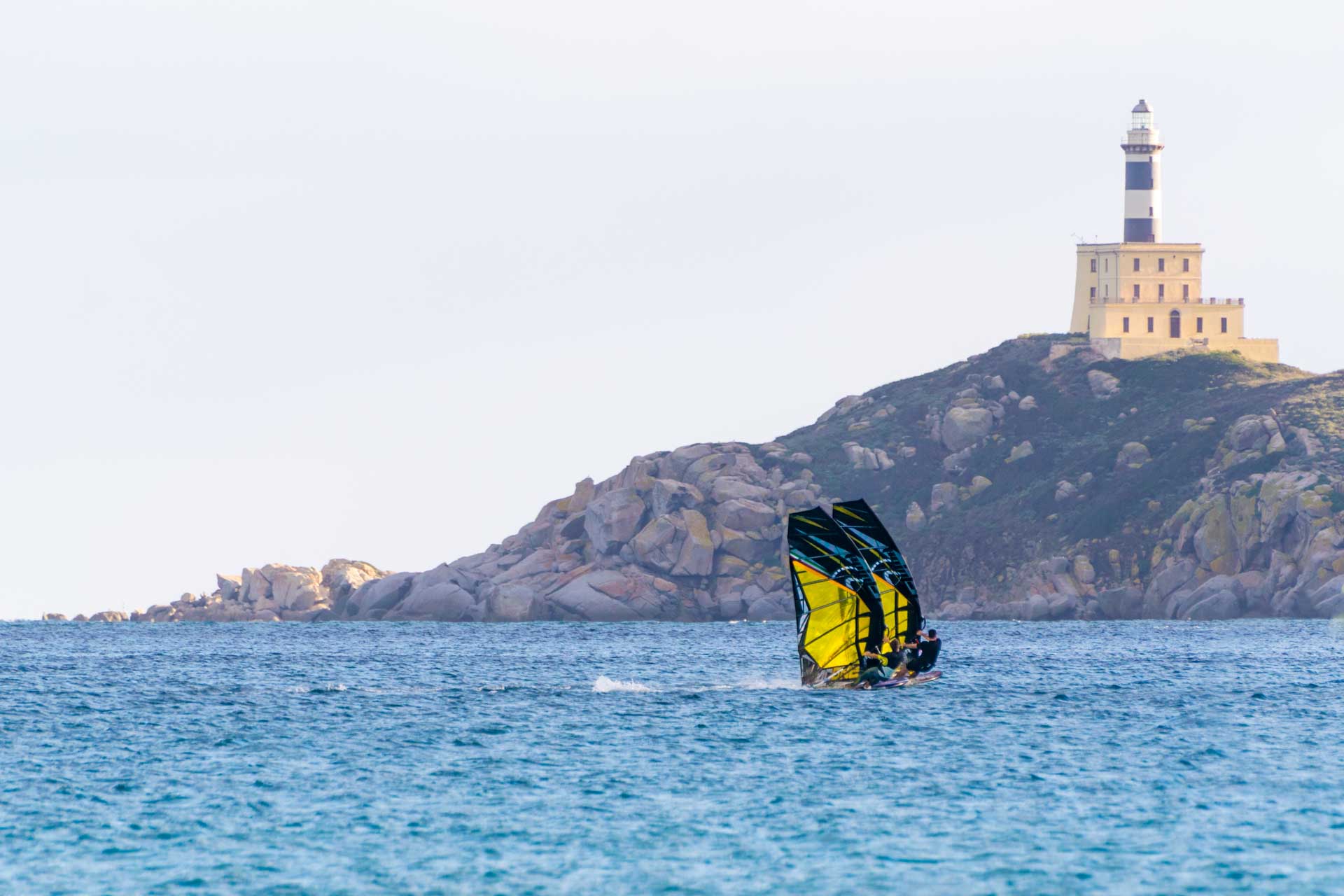- ZERO 26 – OVERVIEW
- SALTpro | PRO WAVE from €659
- SPY | FREESTYLEWAVE from €699
- SLASH | FREESTYLE from €599
- RUSH-1 | FREE SL from €689
- AC-0 | NO CAM RACE from €879
- AC-2 | 2 CAM RACE from Feb 026
- AC-3 | 3CAM RACING from €879
- AC-1 LTD | RACING from €1059
- F1 | FOIL RACING from Feb 026
- F0 | FOIL RACE NO CAM from Dic 025
- Q-BOND SAILS DETAILS
- QBOND DARK SERIES
- ZERO 25 – OVERVIEW
- SALTpro | THE WAVE from €649
- SPY | FREESTYLEWAVE from €659
- SLASH | FREESTYLE from €569
- AC-F | CROSSRIDE from €639
- AC-0 | NO CAM RACE from €749
- AC-2 | 2 CAM RACE from €789
- AC-1 | RACE SERIES from €839
- F1sl | FOIL PRO RACE from €999
- F1x | FOIL NO CAM RACE from €799
- SKOOL | EASY LEARNING
- S-LINE | RENTAL SAIL
- BLACK ARCHIVE
Black Tips #2 – What does it mean when your gear

Discover the hidden potential of your slalom equipment with 10 easy and practical golden rules from the Black Team!
What does it mean when…. this is the typical question that the black team gets asked on the beach every day! Or why is this happening? In 2 seconds the team can give you the right answer, as these are very normal symptoms when the gear is not perfectly tuned.
What does it mean to be perfectly tuned? Means that the whole gear is perfectly balanced on the water expressing maximum performance without you having to get tired or wasting extra energy to go fast.
When do we understand that our gear is perfectly tuned? It’s not when we can overtake our friend on the water. It’s not when we can drink a cup of coffee with one handed while sailing. It’s when only our fin is on the water and the board does not take off. When the front part of the board is not hitting the chop, but just hovercrafts over the waves. This is when we are well trimmed! When the pressure of the wind can be captured in the sail with just the power of our harness, closing the gap, putting pressure on our legs, directly then to the board and to the fin.
The pressure you put on the fin needs to be enough to make sure that the front part of the board is lifting up in order that is not touching the waves. The board does not need to take off from the power of the fin, the fin should not go in spin out, we should be able to have a power in the sail that we can manage to have the sail to close on the board, our front foot should not come out from the front strap, and the power we use to push the gear should be comfortable enough that we can use it for some kilometres on the same direction.
When we find this balance that the board hovercrafts in full control over the water surface, then it means that we are obtaining the maximum performance from our gear.
We realize that the board feel loose over the water, and because we have 60% of the pressure on the back leg and 40% on the front leg.
In the next issues, we will teach you to push this board balance to the limit of the catapult or take off!
Is it difficult and physically challenging to sail at this limit? NO. As explained it’s all about the right balance of the trim. It’s not like running where to go faster it’s more exhausting. We all agree that is not that we windsurf instead of going for drinking tea at the bar, so a bit of sport needs to be done…(otherwise there is always kiting as an option)…
For getting to the point where 60% of the weight pressure is on the back leg and 40% on the front leg, it’s not a question of pushing more with one leg then the other. It’s a result which is obtained by trimming the gear the right way.
What does this mean? Means that the fin is giving a constant power to the legs that balances the board to remain on the water only with the fin. When your legs get these feeling of percentages, you can consider that you have reached that maximum comfort and speed.
Before we jump into the details of each single component, (we will see those on the next issues), we will try in the following text to delete the basic problems you may encounter while sailing. Once you will feel comfortable and relaxed, your speed will be increasing, and once you get there, we will give you then the tips to get to the hyper speed.
Give priority to modifying the trim of the gear, starting with the first solution given. If this does not work, continue to the second listed advice and so on…
- Sail has too much pressure on back arm:
Move the harness lines 2 cm backwards along the boom. The body weight will help you to better close the sail trough the harness lines. Pull extra 2 cm outhaul. It eliminates the back hand power. - The sail feels heavy:
Downhaul the sail an additional 2 cm. the sail will increase its loose leach and thereby allow the wind to exit the sail faster: better acceleration, and therefore lighter feeling sail. Mast carbon percentage; a 30% Carbon mast is not very responsive and the sail becomes heavier. Is the mast the original mast? If the mast has a wrong curve, to the one advised, the sail may feel unstable and heavier. The IMCS does not represent the curve of the mast, but only the stiffness. This means that even if the IMCS is correct the curve could still be different, and give problems. Using a size shorter mast than advised, combined to a long extension, will make the sail feel lighter, as the IMCS of the mast is lower by normally 2 points. - The sail is unstable:
Release the sail by 2cm at the outhaul. It creates a deeper profile, and gives a better pressure point in the profile which equals stability. Pull the tack strap by the mast foot tight, and tension the lower 4 battens of the sail. - Too much pressure on the back leg:
Lower the boom. The body moves forward and displaces the weight onto your front leg. Lengthen your harness lines. It will be become easier to get to have a better grip in the front foot straps, and release pressure from behind. Move your mast foot 1cm forward. This reduces the power on the back leg. - The foot exits from the front strap causing us to catapult:
Put the foot straps in the outer position on the board. The foot might have found a good stable point on the rail of the board, and the strap is too far inward to give a good lock in position. Therefore by bringing the strap closer to the foot will give further security whilst sailing. Move mast foot forward; when doing this, your whole body moves forward and thereby bringing your front foot closer to the front foot straps. Lower the boom. This again will bring your front foot forward as the whole body gets closer to the board. This also gives more control in high wind. - The fin spins out:
Move mast foot forward: this reduces the pressure on your back foot that otherwise pushes your fin into a spin out! Move your foot straps one hole forward, but bring back the mast foot by 1 cm: this decreases the pressure on the fin. Use a 2 cm longer fin. It will hold more pressure from your legs. Change the fin if you still have problems. - The nose of the board lifts up continuously?
Move the mast foot 1cm forward; The weight of the sail will keep the board down. Lower the boom; This will help the sail to stay upright, more at a 90 degree angle to the board, and this allows less power, less lift which can be good to have in lighter winds, but not as the wind increases.Decrease the fin length by 2 cm. Release the downhaul by 2 cm; lesser loose leach will lower the trim of the board in stronger winds. It will offer more control in very strong winds. - The board is glued to the water:
Move back the mast track. The nose of the board rises. - You can’t close the gap between sail and board?
Put your mast track forward. The close the gap will be more automatic. Lower the boom: the distance for the boom to close the gap to the board will be smaller. - Your friends are faster? Are you on slalom gear? Are you on Point-7?
If yes read again points from 1 to 9 because it cannot be!
Learn these points by heart! We don’t want you complaining anymore why your foot comes out from the front strap.
Go back to the beach if something is not working and adjust your trim as for points 1 to 10. The changes you do have to be of 1cm per time. Sometime even half a cm bring a difference. You will be surprised on how much difference so little millimetres can do!
Did you find out the right position for that condition and for that sail on that board? Mark with a felt tape the position of the mast foot and next to it the size of the sail. You found the right boom height? Take a measuring tape and measure the length from the boom to the extension and write it on your agenda! Put down also which extension you used and at which extension whole it was set up. Every little detail is super important. When you stay a week away from your gear, and have had a hard week of work, stress from appointments, family time, the weekend after be sure that you have completely forgotten where you were placing your boom and all the rest! Then you will have to start from zero. If you instead noted everything down and you just jump in the water as you had left the gear before, you will not be wasting time on the beach, you will be fast, ready to try to improve that even more, but mostly you can focus more on the first jibe of the day!







